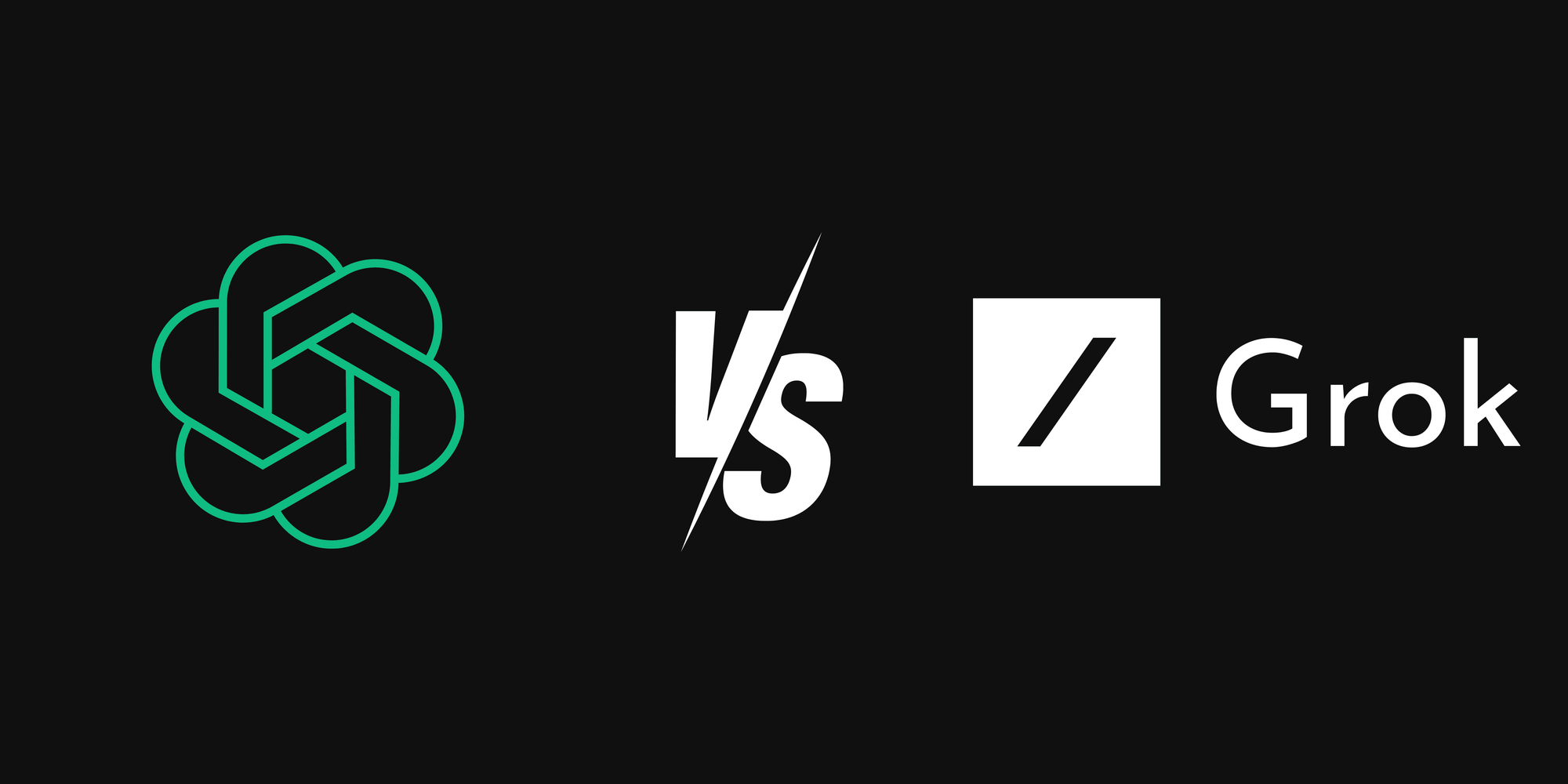How to Revolutionise Game Asset Creation Using AI Image Generation Models
🎮 Introduction: Why Game Asset Creation Is the Hidden Bottleneck in Development
Game development is an intricate and deeply creative endeavour—a fusion of interactive systems, emotional storytelling, mechanical precision, and visual immersion. Whether you’re building a cosy farming simulator, a cyberpunk platformer, or an open-world RPG, visual assets are the connective tissue that bring all elements together into a coherent, playable experience.

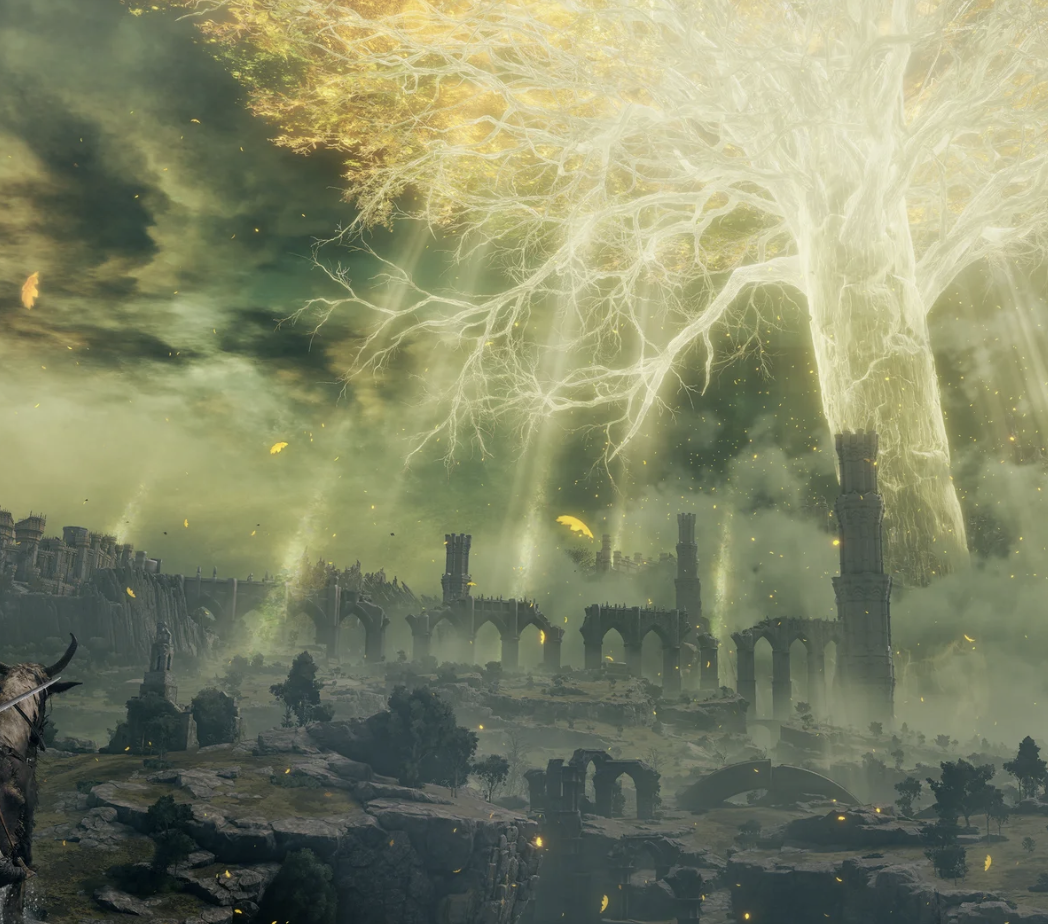

Different Kinds of Gaming Assets, Screenshot from"VA-11 Hall-A: Cyberpunk Bartender Action","ELDEN RING","ASTRO BOT"
But as magical as the final product might feel, asset creation is often the most time-consuming and resource-intensive part of the process.
Because every item you place in your world—be it a character, weapon, building, background, UI button, or even a tiny potion icon—has to be individually conceptualised, iterated, and rendered. Traditional pipelines involve:
- ✏️ Sketching concepts by hand
- 🖌 Painting or pixeling assets frame-by-frame
- 🎞 Creating sprite sheets for animations
- 🧽 Cleaning up inconsistencies or refining shading
- 🔁 Repeating this cycle dozens or hundreds of times
For large studios with dedicated teams of artists, this can be distributed. But for indie teams or solo developers, it often means days or weeks of work just to get one scene looking polished. This manual labour also limits iteration speed—changing a character’s style or redoing an environment might mean scrapping dozens of hours of work.
🚀 Enter AI: A New Creative Assistant
Now, imagine if you could describe your asset with a few words—“white-haired swordswoman in pixel art style"—and instantly receive a range of detailed visual outputs to choose from.
That’s what AI image generation models offer: A way to radically streamline, democratise, and accelerate game asset production.
What used to take a full art pass can now start with a text prompt and a trained model, helping you quickly iterate on:
- Character concepts
- Background environments
- Iconography and props
- Animated sprite frames
- Even UI elements and in-game posters, or lore art
🔹 Use Cases in Game Asset Creation
👷 Character Design
Prompt: "8-bit pixel art sprite sheet of an anime girl, wearing a red blazer and skirt, a school uniform, black tights, and brown shoes. She has long, white straight hair with bangs and twin tails and holding a long sword in his right hand, performing multiple actions (walk, jump, dash, attack), frame-by-frame animation in vertical columns, each action as a separate column --ar 9:16 --niji 6"
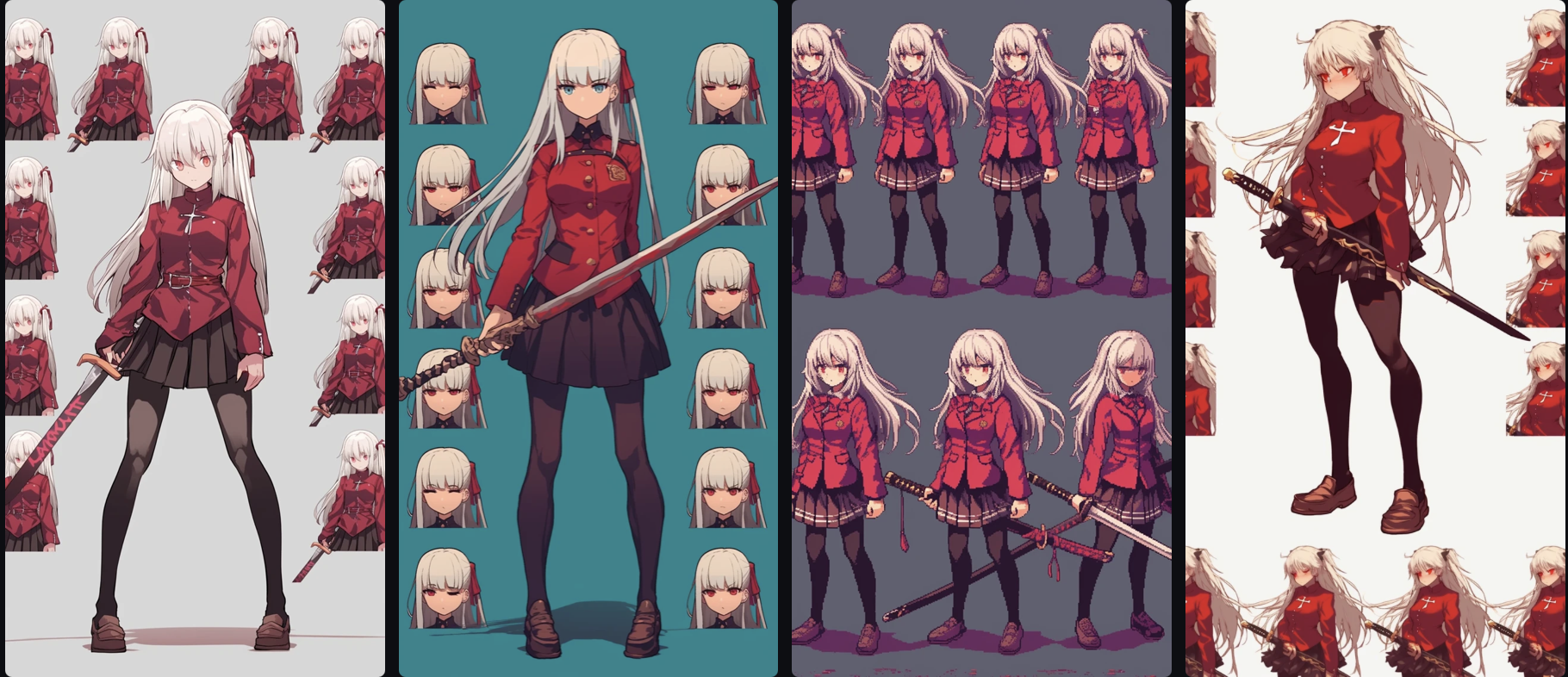
🌆 Environment Art
Prompt: "A wide 2D side-scrolling background of a nighttime cyberpunk city, with glowing neon signs, elevated highways, flying cars, street bars, vending machines, gritty alleyways, wet reflective streets, pixel art style, 16-bit platformer background, atmospheric lighting, detailed parallax layers, dark blue and magenta color scheme, cinematic composition --ar 3:1 --niji 6"

You can create looping level backgrounds, atmospheric side-scrolling scenes, or interactive 3D skyboxes with out-painting and stylisation.
📆 Props, UI, and Items
Prompt: "Inventory icon for glowing red potion in glass bottle, top-down pixel style"

Prompt: "A clean, stylised 2D game user interface layout, including health bar, inventory slots, skill icons, and mini-map, top-down fantasy RPG style, hand-drawn UI elements with soft shadows and gold accents, transparent panels, elegant fantasy typography, polished and game-ready, flat pixel style, 16:9 aspect ratio"

Perfect for RPGs and mobile games, AI can produce icon sets, prop sheets, interactive elements, and lore graphics.
🎨 Sprite Sheet Animation
Prompt: "8-bit pixel art sprite sheet of an anime girl running, wearing a red blazer and skirt, a school uniform, black tights, and brown shoes. She has long, white straight hair with bangs and twin tails and holding a long sword in his right hand, frame-by-frame animation, full body with head and hair --ar 6:1 --niji 6"

Some models support generating sprite strips directly. For best results, combine AI-generated keyframes with interpolation tools or cleanup in Aseprite or Photoshop.
⚠️ Challenges & Limitations
Here is the comparison of the animation created by a human painter and AI.
Running animation created by AI
Running animation created by human painter
So AI art generation isn’t magic. You still need:
- Manual cleanup (especially for animations)
- Consistency across multiple frames and characters
- Resolution control (some models export at low fidelity)
- Legal clarity (verify licensing, especially for commercial games)
🧪 Specialised Fine-Tuning for Game Development
Beyond using pre-trained base models, one of the most promising directions for AI-driven asset pipelines is task-specific model fine-tuning. Developers and artists can curate hundreds or thousands of high-quality examples within a particular domain, such as 16-bit pixel weapons, retro UI buttons, or character sprite sheets, and use these datasets to fine-tune a foundational model like SD.
This results in a specialised generator that:
- Produces highly consistent results in a targeted style
- Understands task structure (e.g. sprite layout, icon framing)
- Requires fewer prompts or retries to generate usable content
These fine-tuned models can become reusable creative assets themselves, tailored to specific genres or even specific projects. Instead of using a general image model for every type of asset, teams can maintain a library of niche-tuned models, optimised for card games, platformers, and farming sims.
🚀 The Future: Hybrid Pipelines and Creative Co-Pilots
In the near future, asset creation will become a hybrid process:
- AI handles volume, variation, and rapid iteration
- Human artists ensure quality, emotion, and polish
- Tools will emerge that combine text + image + animation into full asset packs
🧪 My Own AI-Generated Game Scene
To explore this workflow in practice, I used AI tools to create an entire 2D pixel game scene. All the assets seen in the scene below has been created by AI
Background:
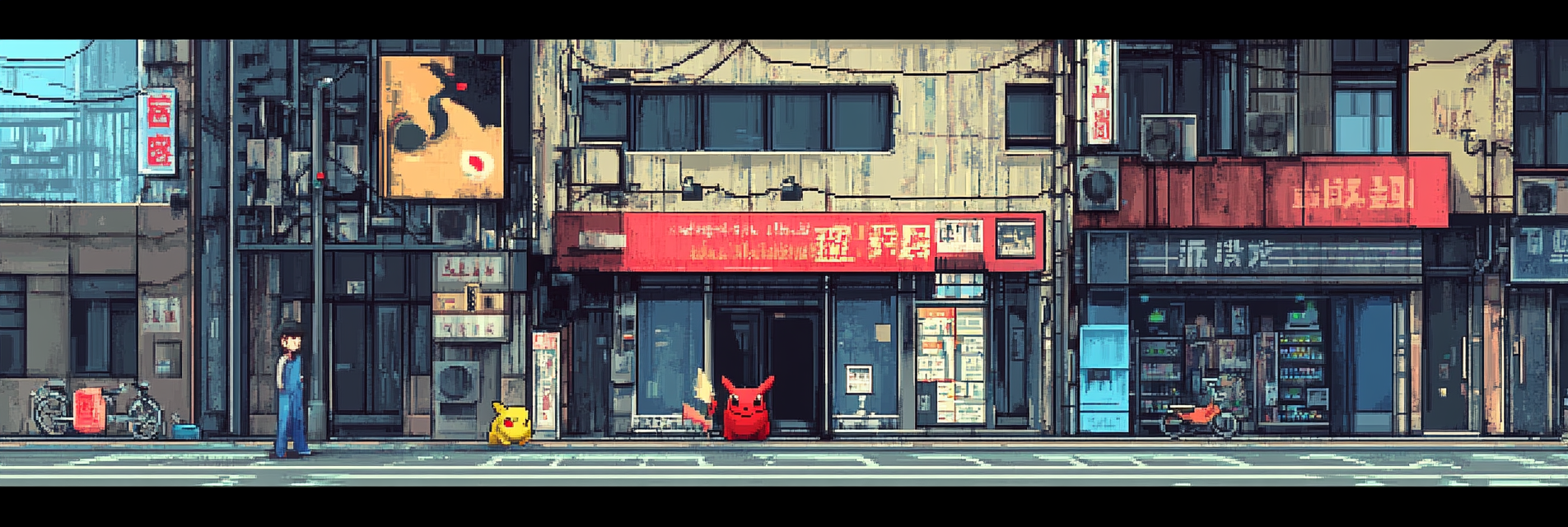
Character Sprite Sheet:
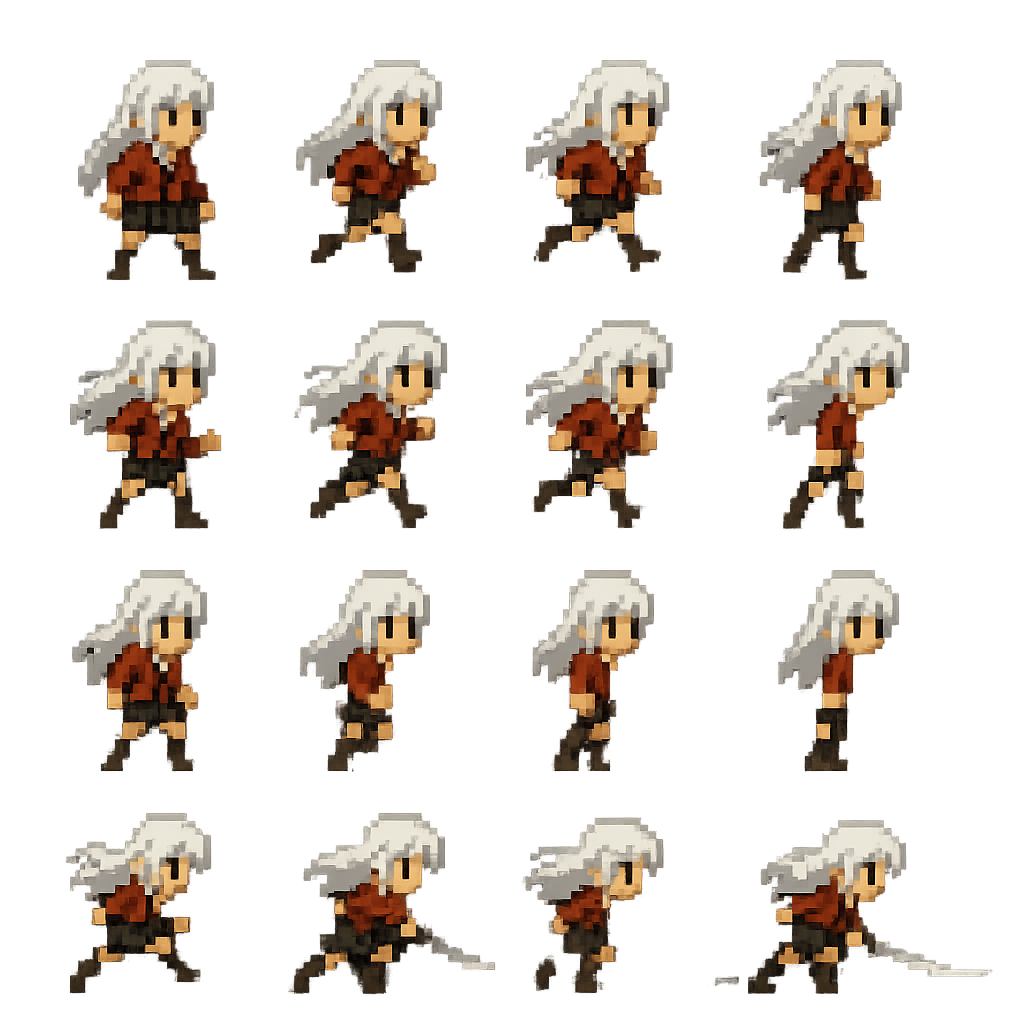
Music(Created by SUNO):
Game Scene:
Game Scene Created by author in Unity
🔗 Tools & Resources
- ComfyUI – Visual graph-based Stable Diffusion
- Hugging Face Diffusers – Model loading and pipelines
- Aseprite – Pixel art & sprite editing
- Unity Sprite Editor – For slicing sheets
- MidJourney – Discord-based prompt generation
- Suno – AI-powered audio generation for immersive game soundtracks and sound effects
✅ Conclusion
The democratisation of game asset creation through AI is not just a technological breakthrough—it’s a creative revolution. Artists and developers are no longer limited by time-consuming pipelines or restricted by the need for large teams. Whether you're a solo developer experimenting with prototypes, a student building a portfolio, or a studio pushing visual boundaries, AI tools offer a scalable, adaptive, and accessible solution to visual content generation.
By understanding their strengths and limitations, integrating them into your creative workflows, and pairing them with your artistic intuition, you can unlock new frontiers in both game design and world-building. We are just beginning to see the full potential of AI-augmented creativity, and the most exciting games of tomorrow might just be powered by prompts, pixels, and the limitless possibilities in between.


















